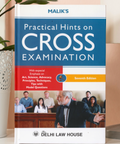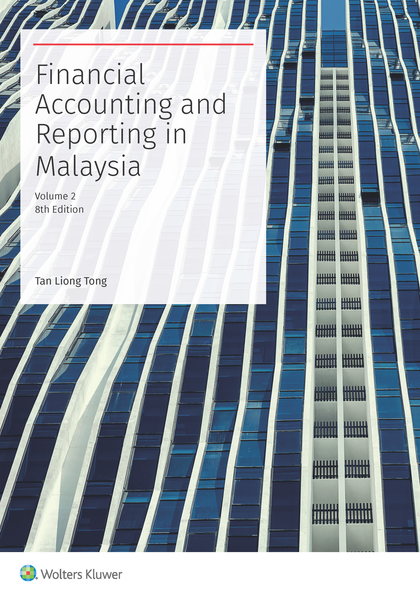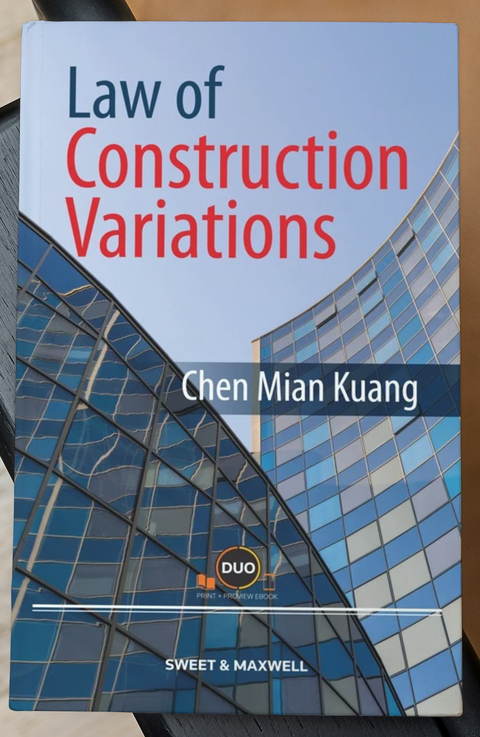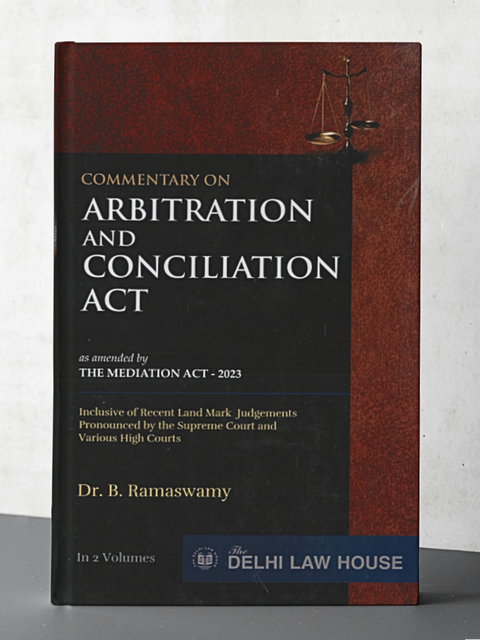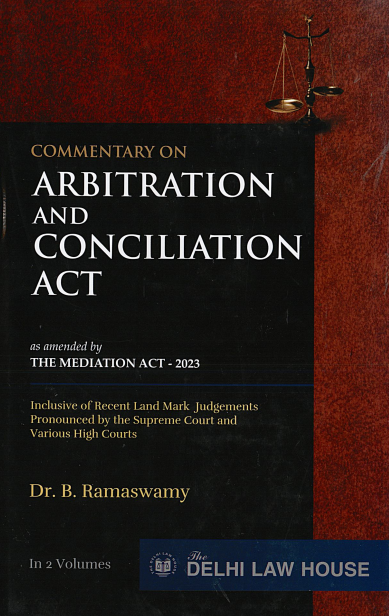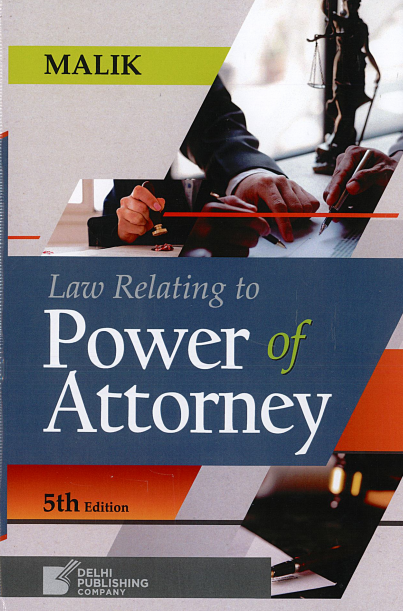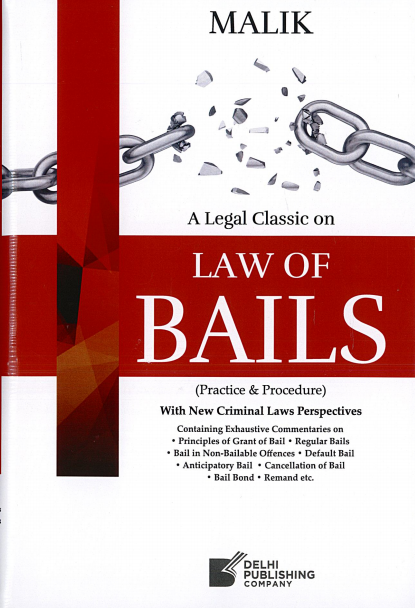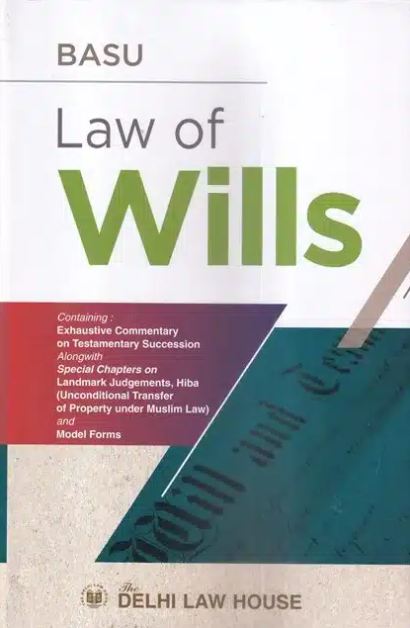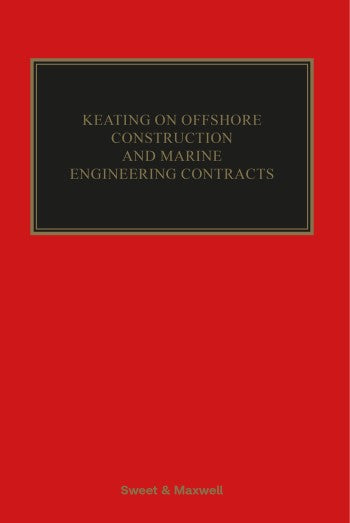



Gale on Easements by Jonathan Gaunt, QC and Sir Paul Morgan – 21st Edition 2023
Checkout Securely with
null
null
null
null
null
null
null
null
Order within the next 11Hours 24Minutes for next dispatch, and you'll receive your package between Mar 15 and Mar 18!
*For non-pre order merchandise.
*eBooks processed within 3 working days.
Gale on Easements by Jonathan Gaunt, QC and Sir Paul Morgan – 21st Edition 2023
| Author | Jonathan Gaunt, Hon Mr Justice Paul Morgan |
| Publication Date | 2023 (South Asian Edition) |
| ISBN | 9789395696357 |
|
Format |
Hardcover |
| Publisher | Sweet & Maxwell |
A right enjoyed by one landowner over another's land, such as a right of way, of light, of support, or to a flow of air or water, is known as an easement. It is a crucial aspect of property law, and disputes involving it might happen frequently.
This highly regarded and widely quoted work was initially published in 1839 and is an in-depth analytical treatise that examines statutes and case law and offers remedies to a variety of potential issues. To help clarify the major ideas of the law of easements and its many variations and exceptions, the writers offer summaries and thoughtful analyses of case law.
Gale on Easements:
-Explains statutes and case law, offering solutions to any issues that may come up in practise.
-Defines what an easement is before focusing on specific types, such as rights of light, rights of way, rights of air and support, boundaries, and access to adjacent land.
-From a historical perspective, follows cases up to the present.
-In-depth examination of recent case law is used to explain how the law has evolved.
-Offers solutions and guidance for situations where an easement has been harmed.
-Offers case law summaries and analysis, covering a wide spectrum of Commonwealth cases.
-Explains how easements can be constructed.
-Looks at the process for putting an end to easements.
-Explains what constitutes disruption of easements and lists remedies that are available.
The reader is updated on the major caselaw developments since the publication of the last edition in 2016, including:
-The Supreme Court's ruling in the Regency Villas case, which revisited the crucial aspects of an easement that were first established in Re Ellenborough Park and clarified a number of issues.
-The Court of Appeal case Plymouth (Earl of) v. Rees addressed the implied restrictions on an ostensibly broad right of access reserved in a lease and outlined the rules to be followed in interpreting such reservations.
-Welford v. Graham, which clarified the burden of proof for prescription claims.
-The Harris v. Flower ruling, which states that a right of way may only be utilised to access the property designated as the dominant tenement in the grant, continues to cause issues in the periphery. According to Gore v. Naheed, it all comes down to building. It is thoroughly addressed if this makes it possible to harmonise all the authorities.
-An interesting pair of decisions about when the court should grant a negative declaration were Poste Hotels Limited v. Cousins and London Borough of Brent v. Malvern Mews; in one, a negative declaration was not granted, and in the other, it was. Plus analysis of the numerous other decisions both at first instance and on appeal that serve as examples of well-established principles.
Contents of Gale on Easements, 21st Edition
- Characteristics Of An Easement
- Equitable Rights To Easements
- Creation Of Easements By Known Transactions
- Establishment Of Easements By Prescription
- Easements And Registered Land
- Rights In Respect Ofwater
- Right To Light
- Air
- Rights Ofway
- Support
- Party-Walls, Banks, Boundary Trees And Buildings And Access To Neighbouring Land
- Extinguishment Of Easements
- What Amounts To A Disturbance
- Remedies For Disturbance
- Appendix
Latest releases
Get your copy today!


